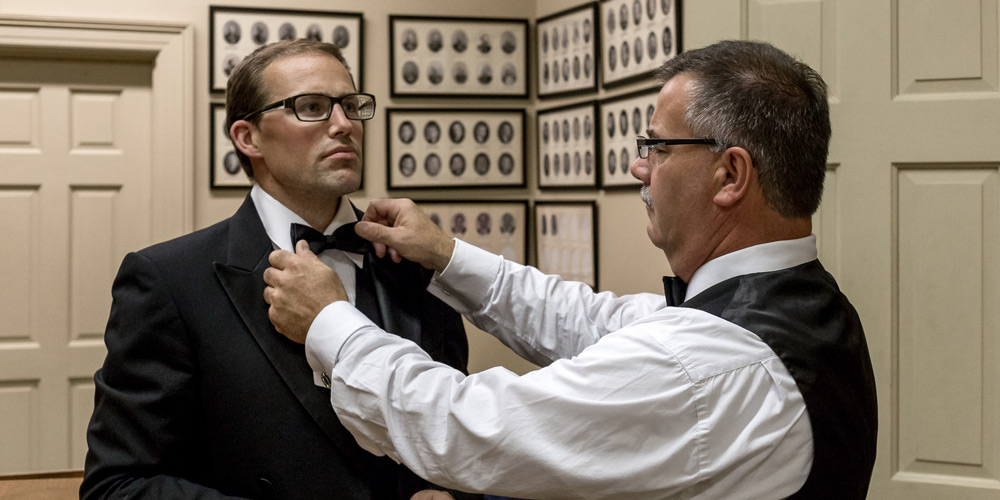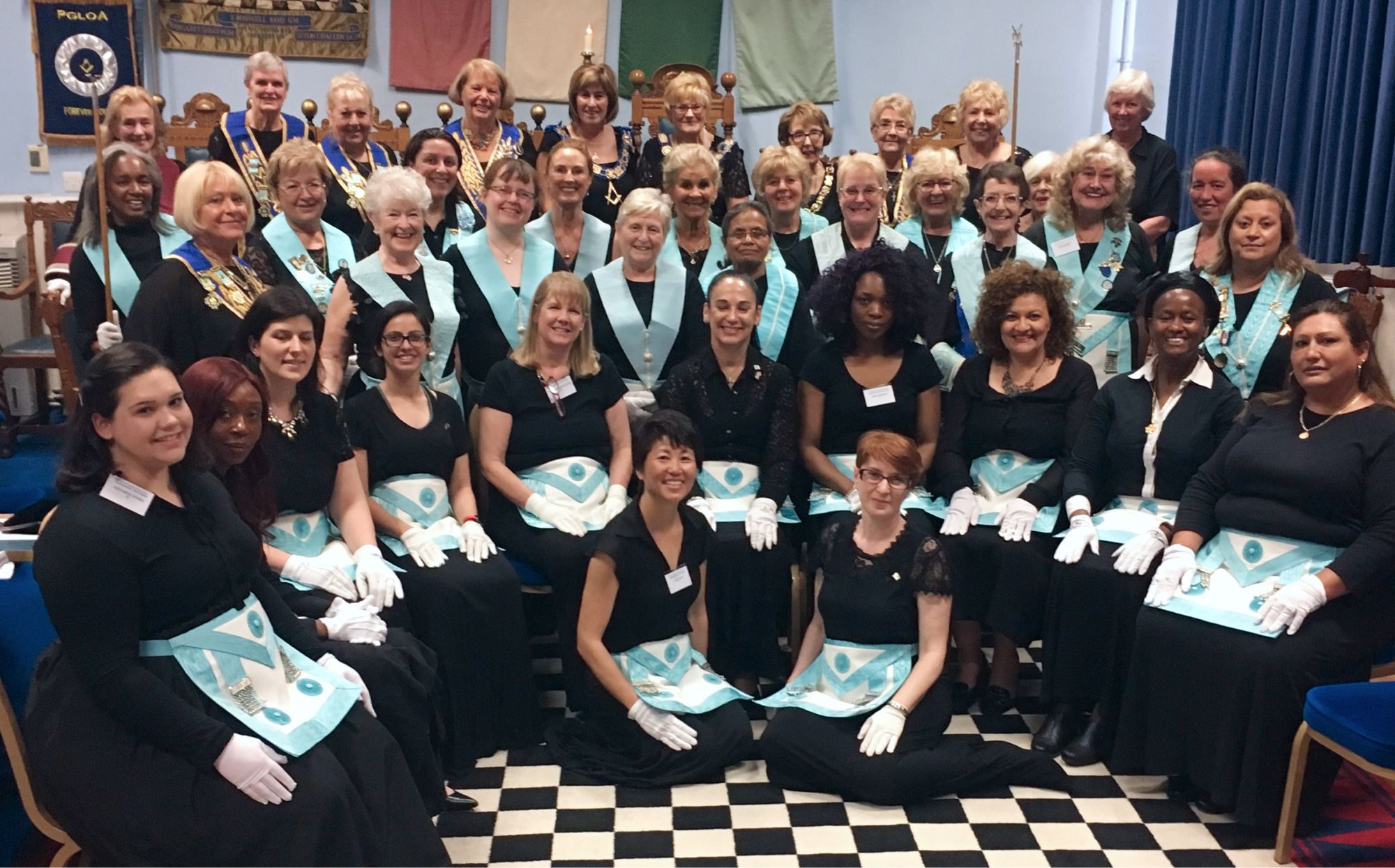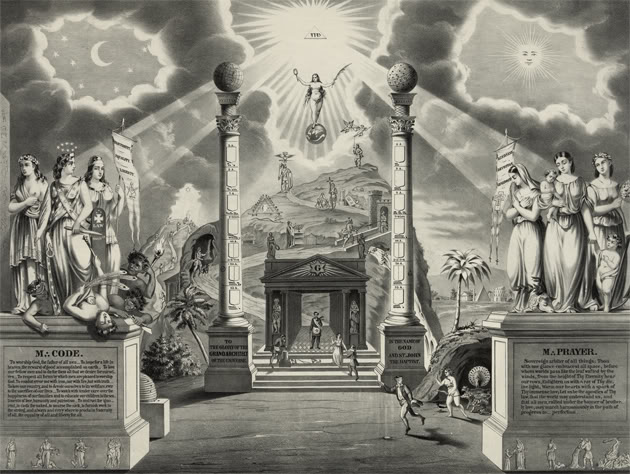The Best Guide to Understanding How to Become a Freemason Step-by-Step
The Best Guide to Understanding How to Become a Freemason Step-by-Step
Blog Article
Checking Out the Mysteries of the copyright: What You Required to Know
The copyright, a term usually shrouded in intrigue and dispute, stands for a complex tapestry of historic reality and modern-day misconception. Developed in the late 18th century, this secret culture was initially rooted in the Knowledge's perfects however has because come to be identified with conspiracy theory concepts about elite control. As we browse the beginnings, key figures, and the plain contrast between misconception and fact, one should consider just how these stories influence contemporary perceptions of power and secrecy. What could be revealed through a more detailed assessment of these elements can challenge long-held presumptions concerning the shadows that stick around in our society.
Beginnings of the copyright
The origins of the copyright are soaked in a blend of historical intrigue and ideological eagerness. Established in 1776 in Ingolstadt, Bavaria, by Adam Weishaupt, the group was at first formed as a secret culture intended at advertising Enlightenment ideals such as factor, secularism, and the splitting up of church and state. join freemason. Weishaupt, a professor of canon law, looked for to challenge the dominating authority of the church and state, which he saw as oppressive institutions suppressing intellectual and personal flexibility
The copyright sought to hire influential members from numerous social industries, consisting of politics, academic community, and the arts, to promote a network dedicated to these Knowledge principles. The society operated under a veil of privacy, employing coded language and rituals to shield its participants from mistreatment, particularly offered the repressive climate of the moment. The copyright encountered significant opposition from both governmental authorities and religious establishments, which saw the team as a danger to their power.
Trick Figures and Participants
That were the crucial figures that formed the copyright's very early influence and direction? The Bavarian copyright, started in 1776 by Adam Weishaupt, emerged as a feedback to the overbearing societal frameworks of the time.
An additional significant number was Johann Gottlieb Fichte, a noticeable theorist whose concepts on nationalism and education and learning resonated with the copyright's objectives. Although Fichte was not a formal participant, his thoughtful underpinnings affected the group's belief. Additionally, numbers like the author and philosopher Johann Wolfgang von Goethe were associated with the wider intellectual movements of the moment, although their direct participation with the copyright stays discussed.
These key figures added to the copyright's early instructions, pushing the boundaries of political and social idea, while their collective efforts aimed to test recognized norms and foster an environment of progressive adjustment in Europe. (join freemason)
Misconceptions vs. Truth
Many mistaken beliefs border the copyright, often mixing fact with fiction in a way that obscures its real nature. The notion that the copyright proceeds to exert significant influence over world occasions is a misconception.
Another widespread misconception is that the copyright makes up a network of elite people manipulating international affairs. Actually, lots of conspiracy theory concepts exaggerate the team's importance, connecting unfounded intentions to social trends and events. This has actually brought about an oversimplified sight of intricate issues.
Additionally, the portrayal of the copyright in preferred society frequently further distorts its legacy. Movies and literature tend to sensationalize the organization's function, creating a narrative that diverges from historic truths. Understanding the difference between the misconceptions and the truth of the copyright is important for critical the authentic impact of this historic team and recognizing the wider effects of conspiracy concepts in modern society.

Modern Interpretations
Contemporary analyses of the copyright often show broader social anxieties and a fascination with privacy and power. This modern lens frequently links the copyright with conspiracy theories that suggest a covert elite additional info manages world occasions, adjusting federal governments and economies for their very own gain. Such narratives touch right into a deep-seated distrust of authority, particularly in times of situation or social upheaval.
In pop culture, the copyright is frequently shown as an omnipotent organization shrouded in secret, bring about a wide variety of fictional representations in literary works, film, and music. This representation serves not only to captivate yet also to prompt considered the nature of power and control in modern culture. Social network has better amplified these interpretations, allowing for quick circulation of conspiracy theories and developing communities that share and broaden upon these concepts.
In addition, some contemporary analyses mount the copyright as an allegory for the intricacies of globalization and the interconnectedness of prominent people and companies. This perspective urges an essential evaluation of exactly how power dynamics run in today's globe, highlighting the balance between transparency and secrecy in governance and company practices.
Social Influence and Heritage
Influenced by centuries of intrigue, the social influence and tradition of the copyright extend much beyond its historic beginnings. This secret culture, developed in the late 18th century, has actually permeated different elements of popular society, from literature and movie to songs and art. join freemason. The idea of the copyright has evolved into an icon of conspiracy theory theories, commonly representing a viewed concealed power manipulating global events
In literary works, authors go to this website like Dan Brown have actually woven the copyright into detailed stories, captivating viewers with motifs of secrecy and power. Films such as "National Treasure" and "The Da Vinci Code" further continue the allure of the culture, mixing truth with fiction to produce interesting narratives.

Inevitably, the copyright's tradition is a complicated tapestry of myth and truth, shaping perceptions of privacy and control in contemporary discourse. Its enduring existence in society underscores humankind's seasonal pursuit for recognizing surprise realities.

Final Thought
The expedition of the copyright discloses a complex interaction between historical realities and modern myth-making. Started in the Knowledge period, this culture aimed to test overbearing structures, yet its legacy has actually been outweighed by conspiracy theory theories that recommend elite control. Understanding the differences in between the original ideals and modern interpretations is vital for understanding the sustaining fascination with the her latest blog copyright and its substantial impact on social stories surrounding power and secrecy in society.
Report this page